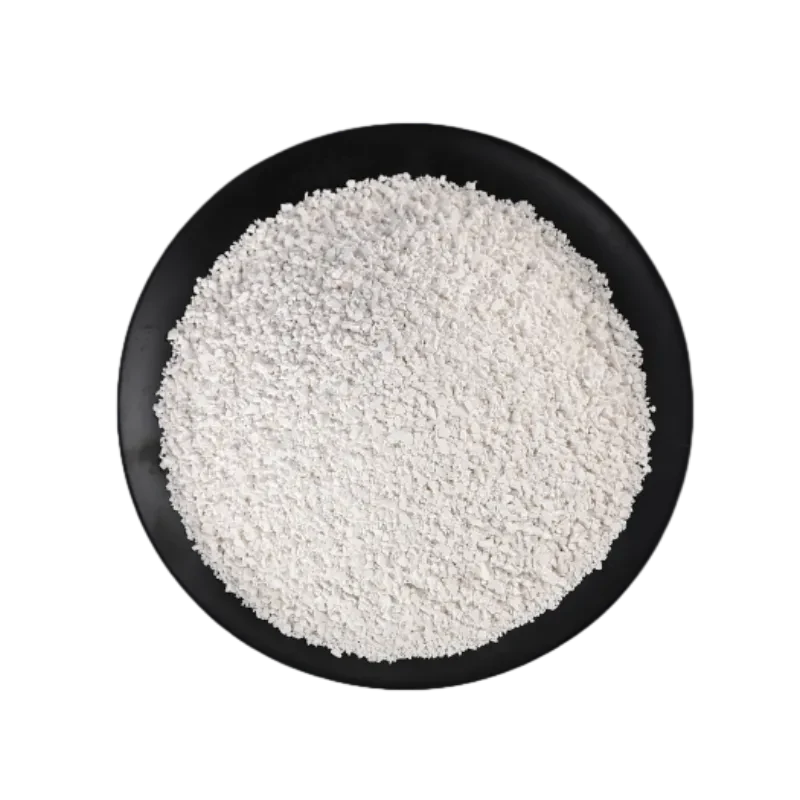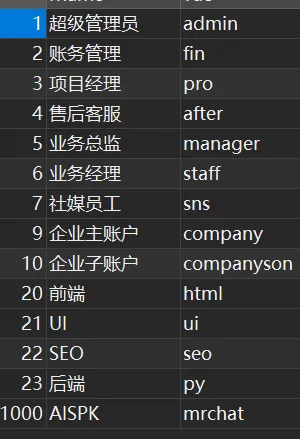coolroof@cnchida.com
+86 13803333363
 Afrikaans
Afrikaans
 Albanian
Albanian
 Amharic
Amharic
 Arabic
Arabic
 Armenian
Armenian
 Azerbaijani
Azerbaijani
 Basque
Basque
 Belarusian
Belarusian
 Bengali
Bengali
 Bosnian
Bosnian
 Bulgarian
Bulgarian
 Catalan
Catalan
 Cebuano
Cebuano
 Corsican
Corsican
 Croatian
Croatian
 Czech
Czech
 Danish
Danish
 Dutch
Dutch
 English
English
 Esperanto
Esperanto
 Estonian
Estonian
 Finnish
Finnish
 French
French
 Frisian
Frisian
 Galician
Galician
 Georgian
Georgian
 German
German
 Greek
Greek
 Gujarati
Gujarati
 Haitian Creole
Haitian Creole
 hausa
hausa
 hawaiian
hawaiian
 Hebrew
Hebrew
 Hindi
Hindi
 Miao
Miao
 Hungarian
Hungarian
 Icelandic
Icelandic
 igbo
igbo
 Indonesian
Indonesian
 irish
irish
 Italian
Italian
 Japanese
Japanese
 Javanese
Javanese
 Kannada
Kannada
 kazakh
kazakh
 Khmer
Khmer
 Rwandese
Rwandese
 Korean
Korean
 Kurdish
Kurdish
 Kyrgyz
Kyrgyz
 Lao
Lao
 Latin
Latin
 Latvian
Latvian
 Lithuanian
Lithuanian
 Luxembourgish
Luxembourgish
 Macedonian
Macedonian
 Malgashi
Malgashi
 Malay
Malay
 Malayalam
Malayalam
 Maltese
Maltese
 Maori
Maori
 Marathi
Marathi
 Mongolian
Mongolian
 Myanmar
Myanmar
 Nepali
Nepali
 Norwegian
Norwegian
 Norwegian
Norwegian
 Occitan
Occitan
 Pashto
Pashto
 Persian
Persian
 Polish
Polish
 Portuguese
Portuguese
 Punjabi
Punjabi
 Romanian
Romanian
 Russian
Russian
 Samoan
Samoan
 Scottish Gaelic
Scottish Gaelic
 Serbian
Serbian
 Sesotho
Sesotho
 Shona
Shona
 Sindhi
Sindhi
 Sinhala
Sinhala
 Slovak
Slovak
 Slovenian
Slovenian
 Somali
Somali
 Spanish
Spanish
 Sundanese
Sundanese
 Swahili
Swahili
 Swedish
Swedish
 Tagalog
Tagalog
 Tajik
Tajik
 Tamil
Tamil
 Tatar
Tatar
 Telugu
Telugu
 Thai
Thai
 Turkish
Turkish
 Turkmen
Turkmen
 Ukrainian
Ukrainian
 Urdu
Urdu
 Uighur
Uighur
 Uzbek
Uzbek
 Vietnamese
Vietnamese
 Welsh
Welsh
 Bantu
Bantu
 Yiddish
Yiddish
 Yoruba
Yoruba
 Zulu
Zulu

feb . 16, 2025 16:56 Back to list
white granulated rubber roof
Rubber roof tiles have gained prominence in the world of flat roofing for their durability, eco-friendliness, and versatility. For individuals and businesses considering alternatives for flat roofing solutions, rubber tiles present a compelling option. Not only do they offer a range of benefits rooted in material composition and design, but they also cater to various aesthetic and functional needs.
From an environmental perspective, rubber roof tiles excel due to their recyclability. Many manufacturers utilize a significant proportion of recycled materials in the production process, often using old tires that would otherwise end up in landfills. This sustainable approach not only reduces waste but also minimizes the carbon footprint associated with manufacturing and transportation. In terms of aesthetic value, rubber roof tiles are available in a multitude of styles, colors, and textures, making them adaptable to various architectural designs and personal preferences. This versatility allows property owners to achieve the desired visual effect without compromising on performance. Furthermore, their ability to mimic the appearance of traditional materials such as slate or wood shakes gives architects and designers added flexibility in designing innovative solutions that meet both functional and stylistic requirements. Trust in rubber roof tiles is often bolstered by the endorsements from authoritative industry bodies and satisfied user testimonials. Local regulations and building codes increasingly recognize rubber as a viable and recommended material for flat roofing, further instilling confidence in potential buyers. High-profile projects featuring rubber roofing solutions can serve as case studies demonstrating their effectiveness and reliability in real-world settings. For those considering the implementation of rubber roof tiles on a flat roof, partnering with experienced professionals ensures optimal results. Roofing experts with a background in rubber installations can provide insights into choosing the right product specifications, planning effective installation processes, and conducting regular maintenance routines to extend the roof's lifespan. Overall, rubber roof tiles offer a blend of practicality, sustainability, and aesthetic appeal. Their robust performance in adverse weather conditions, coupled with energy efficiency and environmental benefits, make them a leading choice for flat roof applications in today's construction market. As innovations in rubber technology continue to advance, the potential for these tiles to redefine roofing standards remains vast and promising.


From an environmental perspective, rubber roof tiles excel due to their recyclability. Many manufacturers utilize a significant proportion of recycled materials in the production process, often using old tires that would otherwise end up in landfills. This sustainable approach not only reduces waste but also minimizes the carbon footprint associated with manufacturing and transportation. In terms of aesthetic value, rubber roof tiles are available in a multitude of styles, colors, and textures, making them adaptable to various architectural designs and personal preferences. This versatility allows property owners to achieve the desired visual effect without compromising on performance. Furthermore, their ability to mimic the appearance of traditional materials such as slate or wood shakes gives architects and designers added flexibility in designing innovative solutions that meet both functional and stylistic requirements. Trust in rubber roof tiles is often bolstered by the endorsements from authoritative industry bodies and satisfied user testimonials. Local regulations and building codes increasingly recognize rubber as a viable and recommended material for flat roofing, further instilling confidence in potential buyers. High-profile projects featuring rubber roofing solutions can serve as case studies demonstrating their effectiveness and reliability in real-world settings. For those considering the implementation of rubber roof tiles on a flat roof, partnering with experienced professionals ensures optimal results. Roofing experts with a background in rubber installations can provide insights into choosing the right product specifications, planning effective installation processes, and conducting regular maintenance routines to extend the roof's lifespan. Overall, rubber roof tiles offer a blend of practicality, sustainability, and aesthetic appeal. Their robust performance in adverse weather conditions, coupled with energy efficiency and environmental benefits, make them a leading choice for flat roof applications in today's construction market. As innovations in rubber technology continue to advance, the potential for these tiles to redefine roofing standards remains vast and promising.
Next:
Latest news
-
Moonlight White HIREFLE Granules with GPT-4 Turbo
NewsAug.02,2025
-
Premium Round Asphalt Shingles: Durable & Elegant Roofing
NewsAug.01,2025
-
Eco-Friendly Clay Tiles | AI-Enhanced Durability
NewsJul.31,2025
-
Durable Shingle Granules for Premium Roofs
NewsJul.31,2025
-
Stone Coated Metal Roof Tile-Roman Tile for Durable Roofing Solutions
NewsJul.30,2025
-
Stone Coated Metal Roof Tile-Wood Grain Tile for Durable Roofing
NewsJul.30,2025
Related Products
Copyright © 2025 Hebei Chida Manufacture and Trade Co., Ltd. All Rights Reserved. Sitemap | Privacy Policy







